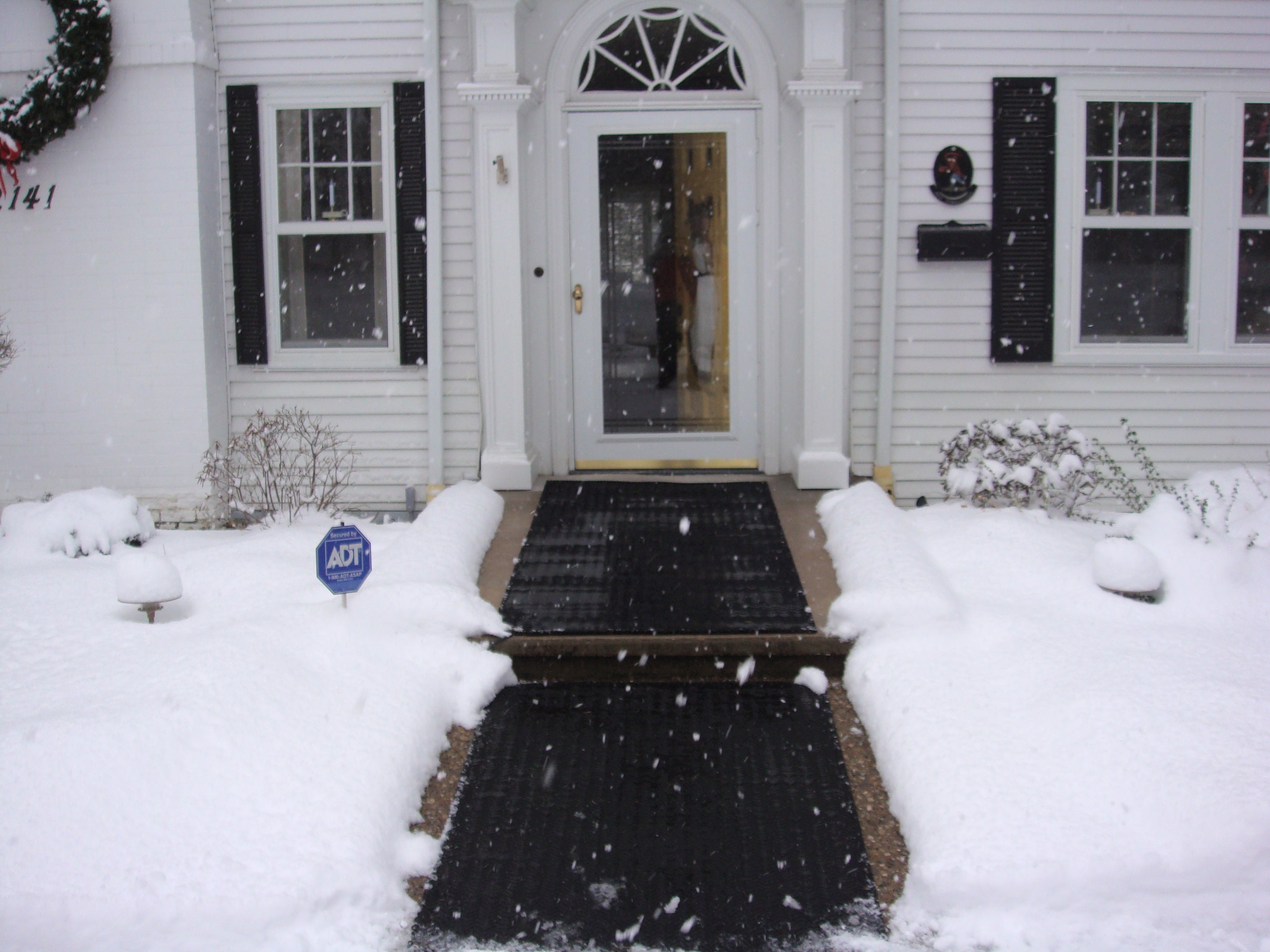
Severe winter weather of all kinds can lead to costly roof damage or even roof replacement. While snow and ice damage is generally more common, hail damage, when it does strike, is often the most devastating. If your roof was already old enough to merit replacement or would have needed replacement within a few years' time, you may be able to ignore the hail damage. In most cases, however, at least some repair work is advisable, and it is always a good idea to get a professional inspection.
Hail's Hidden Damage
While surface impacts on shingles may not seem like any more than a simple problem of aesthetics, the truth is that hail damage runs deeper than meets the eye. First of all, small, barely-visible marks may well become glaring gauges within 5 years' time. Second, once even small indentations have been made, hairline cracks can develop, which will allow water to seep beneath the shingles. Later, moisture will evaporate back out through the shingles and cause the granules to loosen and crumble. In this weakened condition, shingles may well blow off during the next high-wind event.
Measuring Hail Damage
The degree to which hail damages your roof will vary based on a number of factors, including the size, speed, and direction of the hail, and the age, material, and slope of your roofing. Asphalt shingles suffer more damage from hail by far than metal or wood shake roofs, though these can also be affected. For asphalt roofs, an inspector will need to measures the size of indentations on the shingles and on flashing and/or metal roof vents. Help can also be had by contacting the National Oceanic and Atmospheric Administration for hail-size data, but be aware than even the exact same storm can spray out hail of varying size, and that it is only the size of the largest hailstones that is of primary concern.
Latent and Severe Hail Damage
While "severe damage" refers to immediately observable dents, cracks, and fissures, "latent damage," which references loss of granules or structural weakening of shingles, is also of concern. Be aware that shingles that are over the top of other shingles will be more severely damaged and that a more rigid underlayment does much to reduce hail impacts. Poor ventilation, low-quality shingles, and old, brittle shingles will also be more badly affected. If these are damaged severely, you should waste no time in getting a repair. If latent damage is done, you may have a little more time to schedule and plan but should still should not wait too long.
Spot Repair or Total Replacement?
Any shingle that is damaged, even on one tab, must be replaced. Additionally, the shingles two rows up will have to be unsealed and resealed in the process. In effect, this means that 10% of a roof's shingles being damaged requires about 30% of them to be maneuvered in order to replace those 10%. At 12% damage, over 50% of shingles must be labored over, and it is usually more economical to replace the whole roofing membrane. Also note that, in total replacement, 60% of the cost is labor, but in spot repairs, around 90% of the expense is labor.
Homeowners dread roof damage, knowing how expensive it can be, and for this reason, it is often covered in their home insurance policies. Knowing the basics of how hail affects your roof's shingles will help you to know when to file a claim, and even if the claim is denied, you will have at least put the incident on record in case the real results of the hail become apparent years later.


